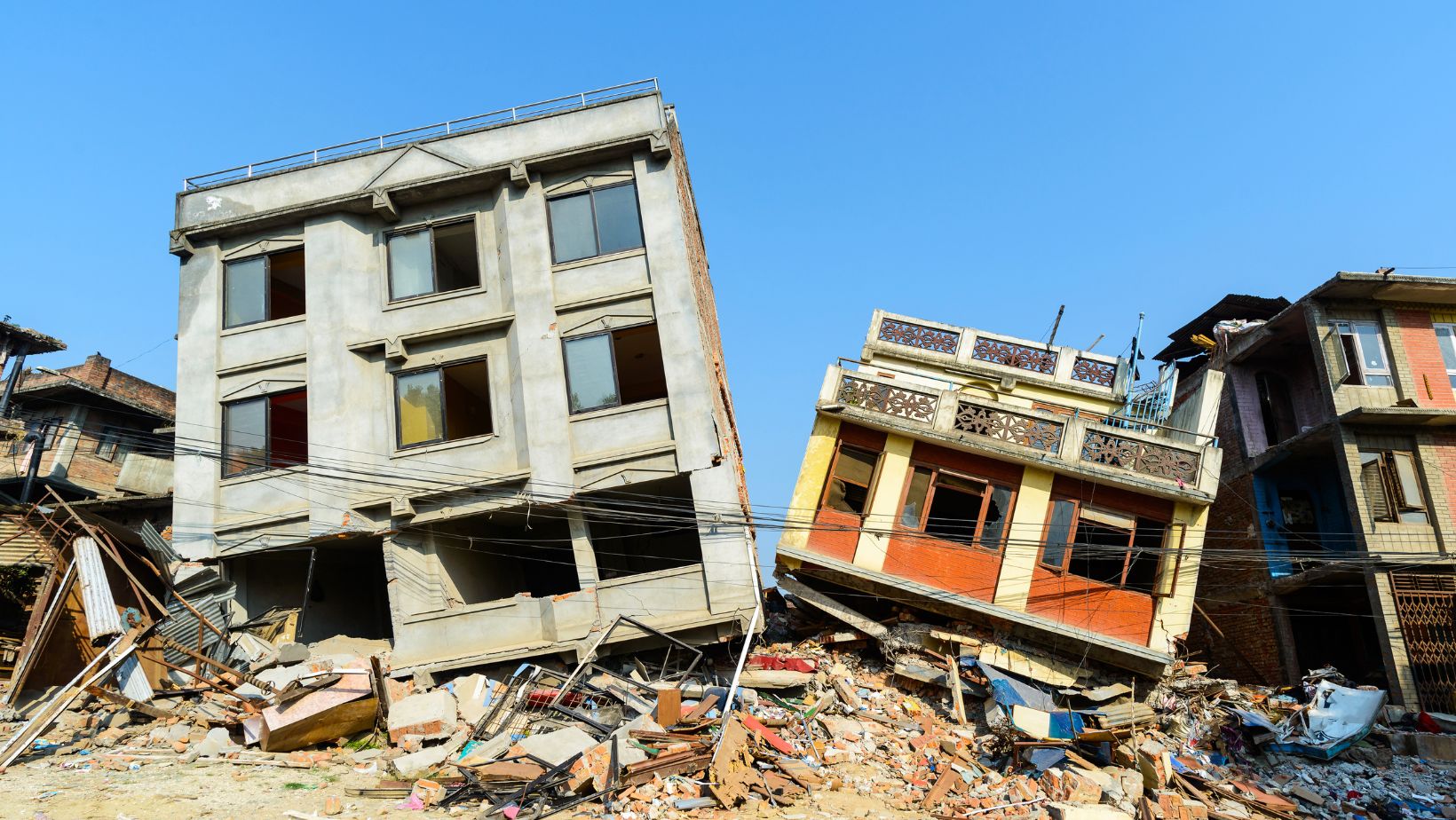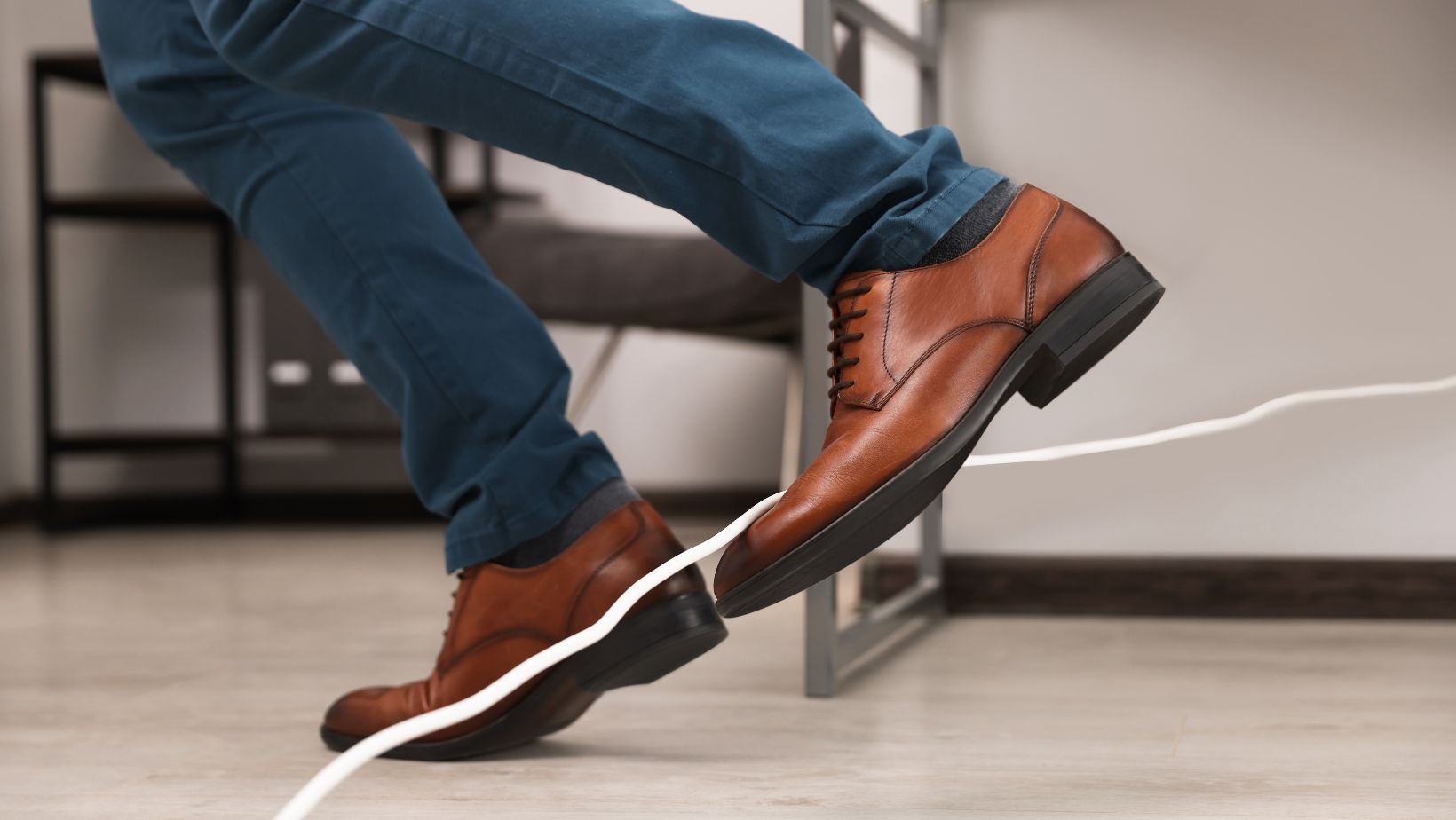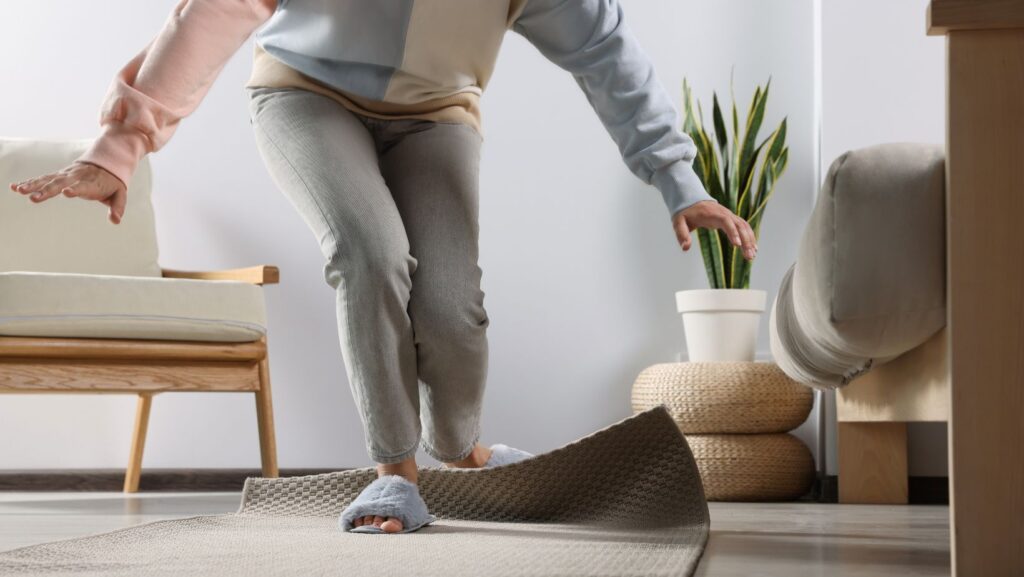A slip-and-fall accident can happen in seconds, but the impact can last a lifetime. Whether it’s a wet floor, a broken handrail, or uneven pavement, hazardous conditions put visitors at serious risk of injury. Property owners have a legal duty to keep their premises safe, but many try to avoid responsibility after someone gets hurt. Proving that the owner knew about the hazard before the accident is often the key to holding them accountable.
Many slip and fall cases hinge on whether the hazard was known but ignored or existed long enough that it should have been addressed. If a spill was cleaned up immediately or a hazard appeared just moments before the fall, the owner might not be held responsible. However, if there’s evidence that the danger was present for a significant time without action, liability becomes much clearer. Gathering the right proof can mean the difference between a dismissed claim and rightful compensation.
How Long Was the Hazard Present?
One of the strongest ways to prove negligence is showing that the hazard existed for an extended period. If a broken sidewalk had been cracked for weeks or a spill remained on the floor for hours, the owner had ample time to fix the issue. Many courts consider whether a “reasonable” person would have noticed and addressed the hazard. Surveillance footage, employee testimony, and maintenance logs can reveal how long the danger was present before the fall.
In retail stores and restaurants, routine inspections are expected to prevent accidents. If staff members walk past a hazard multiple times without taking action, this can indicate willful neglect. Even without direct evidence, patterns of negligence—such as repeat customer complaints or prior incidents—help prove the owner should have been aware of the problem. Establishing how long a hazard was ignored plays a crucial role in proving liability.
Did the Owner Receive Complaints or Warnings?
If a property owner was previously warned about a hazard and still failed to address it, proving negligence becomes much easier. Prior complaints from tenants, employees, or customers serve as direct proof that the owner knew about the problem but chose not to fix it.

These complaints might be in the form of written reports, emails, or even online reviews mentioning unsafe conditions.
Another key factor is whether similar accidents have occurred on the property before. If previous falls or injuries happened under the same conditions, it strengthens the argument that the owner was aware of the risk. TheNashville slip-and-fall lawyers at Selvidge Injury Law understand how to uncover past incidents and use them as evidence to hold negligent property owners accountable. If an owner ignored repeated warnings, proving liability becomes significantly easier.
Are There Surveillance or Inspection Records?
Many businesses and public properties have surveillance cameras that capture daily activity, including accidents and maintenance efforts. Reviewing security footage can reveal whether employees noticed the hazard, attempted to fix it, or ignored it completely. This kind of video evidence can be powerful in proving that the owner was aware of the danger before the fall.
Inspection records and maintenance logs can also show whether staff followed safety protocols. If a business claims it checks for hazards regularly but records show gaps in inspections, this can be used to prove negligence. These records may also reveal whether the hazard was noted but never addressed, further proving the owner’s responsibility.
Did Employees or Witnesses Know About the Hazard?
Testimony from employees and witnesses can provide critical insight into how long a hazard was present and whether the owner was aware. If workers admit they were told not to fix an issue or say that a dangerous condition had been there for a while, this strengthens the case. Employee statements sometimes contradict a company’s official claims, revealing negligence that would otherwise go unnoticed.
Other visitors or tenants may have seen the hazard before the fall and can testify that it was ignored despite being obvious. Witness accounts are especially useful if video evidence is unavailable. Even small details—like how long a wet floor remained unmarked or how often a stairway light was out—can help prove the property owner’s failure to maintain a safe environment.
What Steps Were Taken After the Fall?
A property owner’s reaction after a slip and fall can reveal whether they were aware of the hazard all along. Some owners immediately fix the problem after an accident, which can be seen as an admission that they knew about it but failed to act in time. Others might try to cover up evidence or downplay the danger, further showing their negligence.
If a business or landlord fails to document the incident properly or refuses to provide an incident report, this raises suspicions. A legitimate accident investigation should involve reviewing surveillance footage, speaking to witnesses, and checking maintenance records. Avoiding these steps often indicates that the owner knew about the hazard but wants to avoid responsibility.
Why Proving Knowledge of a Hazard is Essential
In slip and fall cases, the burden of proof is often on the victim to show that the property owner had prior knowledge of the hazard.

Without clear evidence, owners can argue that they were unaware of the danger and had no time to address it. Courts often require proof that the hazard was either long-standing or previously reported, making it critical to gather evidence as soon as possible.
Medical bills, lost wages, and pain from an injury can take a significant toll, and holding a negligent property owner accountable can provide the compensation needed for recovery. Collecting strong evidence—such as surveillance footage, witness testimony, and maintenance records—can help build a solid case. The more proof there is that the owner knew about the hazard, the harder it becomes for them to escape liability.
Protecting Your Rights After a Slip and Fall
Proving that a property owner knew about a hazard before a fall is key to winning a slip-and-fall case. Without solid evidence, owners and insurance companies will try to claim they had no way of knowing about the danger. This is why gathering proof quickly, seeking legal guidance, and documenting the scene immediately are all critical steps.
If a slip and fall injury was caused by a hazard that should have been fixed, taking legal action can help prevent future accidents. Property owners have a duty to maintain safe conditions and address known dangers before someone gets hurt. When they fail to do so, they should be held responsible for the harm caused.
